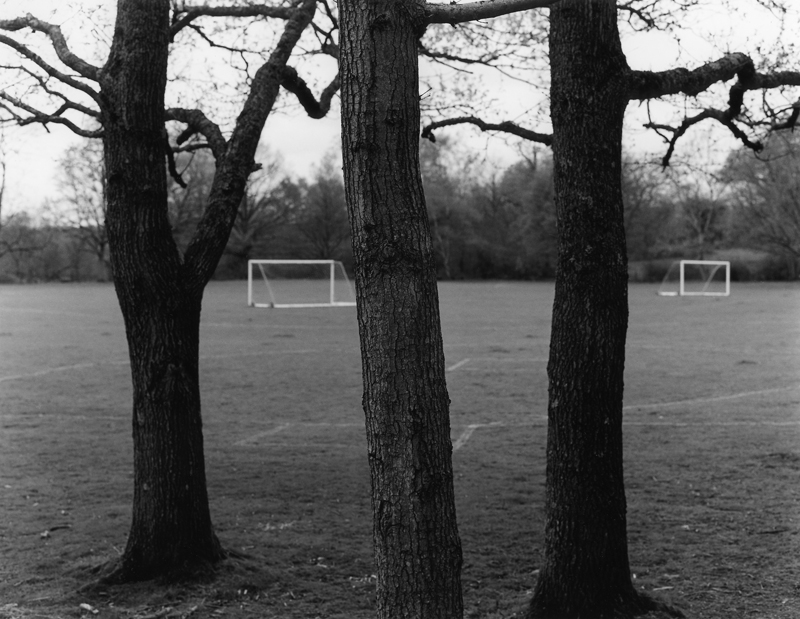Senlac Hill, the presumed site of the 1066 Battle of Hastings, has long been a resonant place. A fairly anonymous field, rising at one edge to a ridge, on which now stands Battle Abbey, built by the victorious William as a symbol of his victory over Harold, the anonymity of the field is overwhelmed by our knowledge of the slaughter which happened there nearly 1000 years ago.
Even the etymology of the name Senlac is impossible to untangle without reference to the battle. Some believe it derives from the Anglo-Saxon scen-leag, which means beautiful meadow, a name full of irony given the bloody events of October 14th 1066. I prefer the etymology given by the Victorian historian E.A Freeman, following the lead given by the Anglo-Norman chronicler, Orderic Vitalis, who first identified Senlac as the site of the battle. Senlac means Sand Lake in Old English. This translates to Sanguelac in Norman French, which in turn translates back into English as Blood Lake. Never has a field been so appropriately named.
I decided to revisit Senlac, and other sites important to the battle, to photograph how they appear today. I combined some of the pictures with contemporary and near-contemporary accounts of the events of that day, in an attempt to construct a psychogeography of the battle. I can no longer visit any of these places without bringing to them my historical knowledge of the events of that day. I hope the photographs express some of that slightly uneasy mood.
These photographs were first exhibited in November 2016 at St Mary in the Castle, Hastings, as part of the 2016 PhotoHastings Festival. A book of the project is available from The Silverhill Press.
Gallery: St Mary in the Castle, 7 Pelham Crescent, Hastings, TN34 3AF
Dates: November 21st - November 27th 2016
